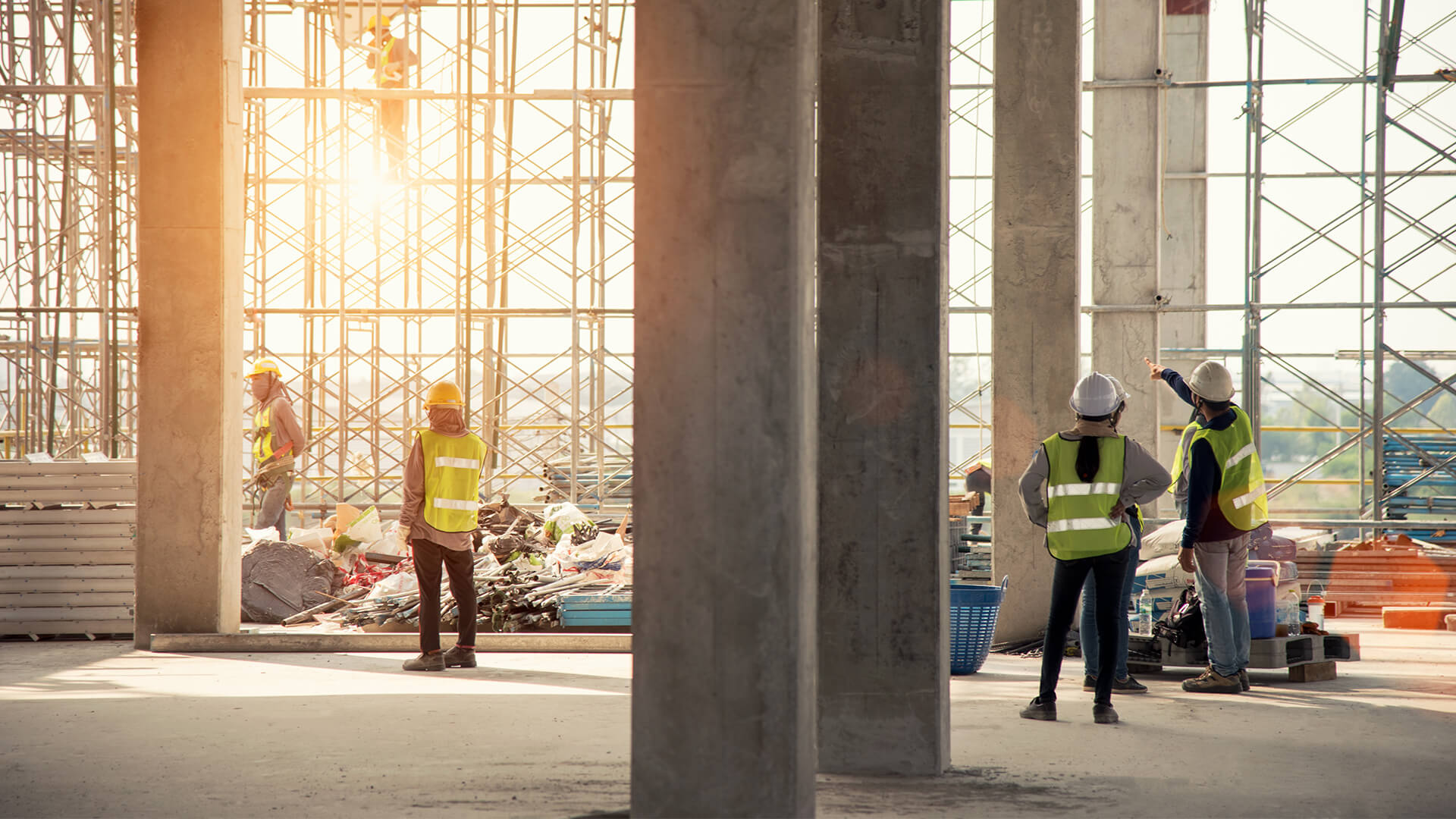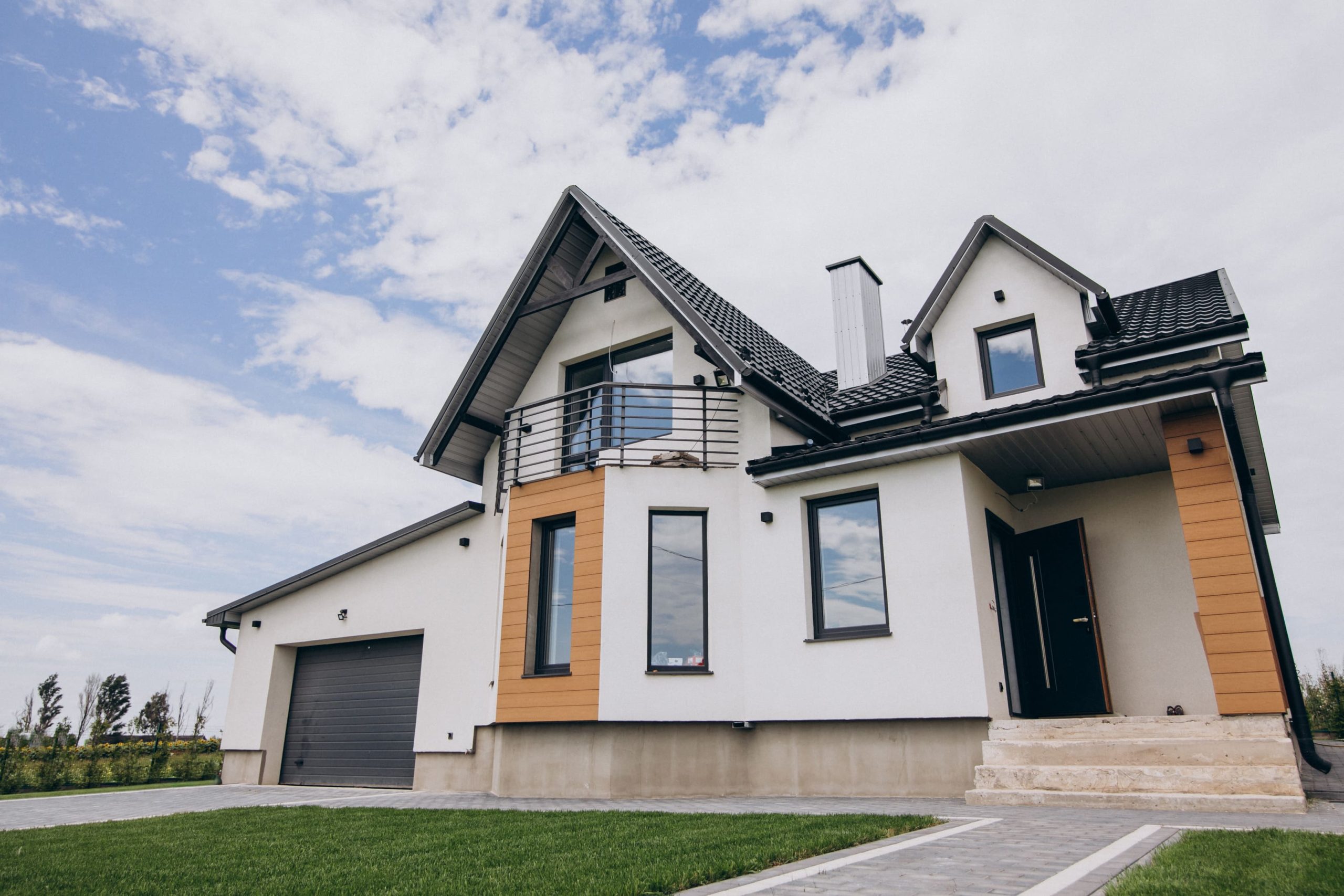In the bustling world of construction, the security of a site is paramount. A construction site, with its plethora of tools, machinery, and materials, is often seen as a tempting target for theft and vandalism. Ensuring the security of these sites is not just about protecting assets; it’s also about safeguarding workers and upholding the integrity of the construction project.
This article delves into the multifaceted approach required to secure a construction site effectively.
Understanding the Risks
The first step in securing a construction site is understanding the risks involved. These can range from petty thefts to organized crime. Vandalism, another common issue, can lead to costly delays and repairs.
The nature of a construction site – often open and with varying levels of activity – makes it uniquely vulnerable. Recognizing these risks is crucial in developing a comprehensive security strategy.
Physical Barriers and Access Control
One of the most effective ways to secure a construction site is through physical barriers. Fences, gates, and barricades serve as the first line of defense. They not only deter unauthorized entry but also help in managing access to the site. Controlling access is vital; it ensures that only authorized personnel and vehicles can enter the premises, reducing the likelihood of theft and ensuring worker safety.
Surveillance Systems
Incorporating surveillance systems is a critical aspect of construction site security. The installation of security cameras acts as both a deterrent and a means of evidence collection. In Ottawa, for instance, security camera installation is a growing trend among construction sites. This one-time use of the keyword “security camera installation ottawa” highlights the importance of localized and expert solutions in addressing construction site security challenges.
Lighting and Visibility
Adequate lighting plays a crucial role in construction site security. Well-lit areas are less likely to be targeted by criminals. It improves visibility, making it easier for security personnel to monitor the site and for cameras to capture clear footage. Strategic placement of lights, especially in secluded areas and along perimeters, can significantly enhance security.
Security Personnel: While technology plays a significant role, the presence of security personnel is equally important. Trained security guards can perform regular patrols, monitor surveillance feeds, and respond to incidents swiftly. Their presence on-site is a strong deterrent to potential intruders and provides a sense of security to the workforce.
Employee Awareness and Training: Employees are often the first line of defense against security breaches. Educating them about potential risks and encouraging vigilance can go a long way in preventing security incidents. Regular training sessions on security protocols and procedures ensure that the workforce is prepared to respond effectively in case of any security breach.
Inventory Management and Control: Effective inventory management is crucial in preventing theft at construction sites. Keeping a detailed log of equipment and materials, conducting regular audits, and implementing check-in/check-out systems for tools and machinery can help in tracking and safeguarding assets.
Technological Advancements
Advancements in technology have introduced new ways to enhance construction site security. Drones, for instance, can be used for aerial surveillance, providing a comprehensive view of the site. Similarly, RFID tags and GPS tracking systems have made it easier to monitor equipment and material movement, adding an extra layer of security.
Emergency Preparedness and Response Planning
Having a well-defined emergency response plan is essential. This plan should include protocols for various scenarios
like theft, vandalism, fire, or any other emergencies. Regular drills and training for staff ensure that everyone knows their role and responsibilities in an emergency, leading to a swift and coordinated response.
Cybersecurity Measures
In today’s digital age, cybersecurity is an integral part of construction site security. Protecting digital data, such as construction plans and employee information, is as important as securing physical assets. Implementing strong cybersecurity measures, including secure networks and regular data backups, can prevent data breaches and cyber attacks.
Legal Compliance and Insurance
Compliance with local laws and regulations is essential for construction site security. This includes adhering to building codes, safety regulations, and environmental guidelines. Additionally, having comprehensive insurance coverage helps mitigate financial losses in the event of theft or damage to the site.
Explore a wide selection of CCTV and surveillance cameras to safeguard your home or business. Get peace of mind with our reliable security solutions.
Regular Audits and Site Assessments
Conducting regular security audits and site assessments is vital in identifying potential security loopholes. These assessments should be thorough and cover all aspects of the site, including perimeters, access points, storage areas, and equipment. Based on these assessments, security measures can be updated and improved regularly.
Community Engagement
Engaging with the local community can also be an effective security measure. Establishing a good relationship with local residents and businesses can lead to a collaborative approach to security. The community can act as additional eyes and ears, alerting the site management to any suspicious activities.
Conclusion
Ensuring the security of a construction site is a complex task that requires a multifaceted approach. It involves not just the implementation of physical and technological measures but also the active participation of every individual associated with the site. By understanding the risks, employing the right strategies, and staying vigilant, construction sites can be safeguarded effectively against a range of security threats. In doing so, they not only protect their assets and workforce but also contribute to the smooth and successful completion of their construction projects.




